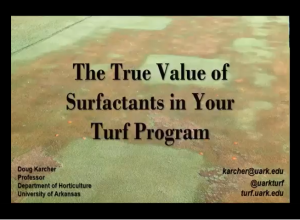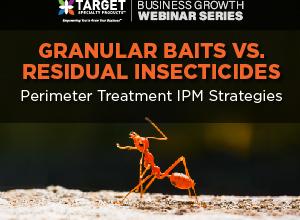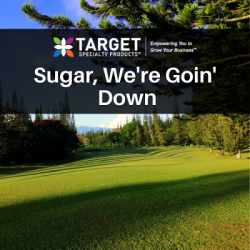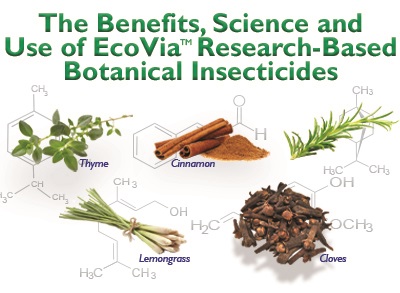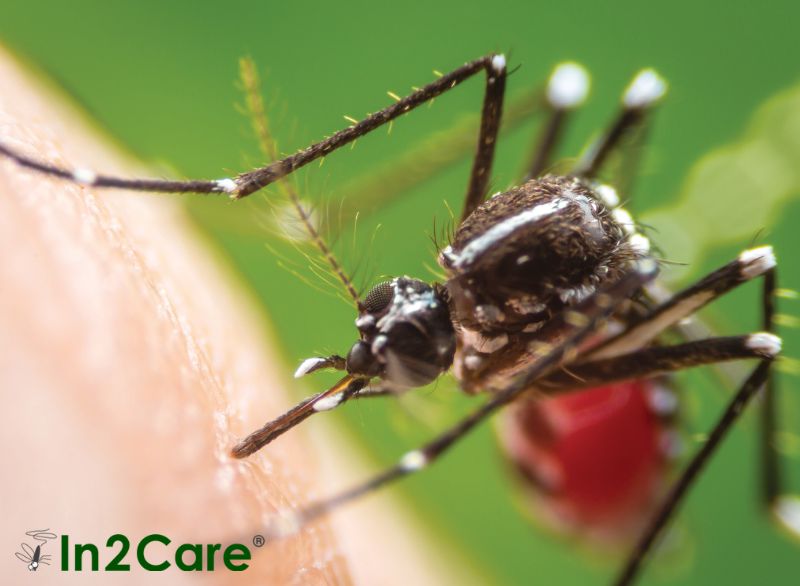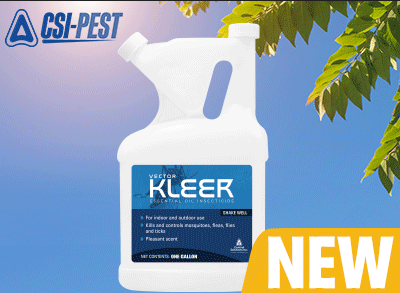Managing Sports Turf and NOT using biostimulants? This is why you need to:
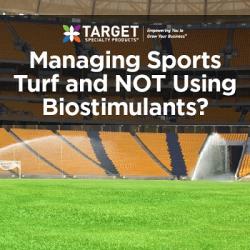
If you let out a dismissive “pfff” when you read the title of this blog, you’re in the right place. Let’s start with a quick definition of what a plant biostimulant is. There are several out there but I like to think of them as anything that can be applied to turf that will increase that turf’s rate of survival under stress. This is typically accomplished by activating plant defense systems, promoting new root growth, enhancing CO2 uptake or increasing water use efficiency. The category is vast and covers everything from sea kelp to silica. The good news is most of this stuff has been researched at respectable universities. The benefits of biostimulant applications have been enjoyed by turf managers worldwide. In this blog, we’re going to cover some basic plant functions and how they become disrupted when the environment doesn’t cooperate with our plans, and how physical stress from maintenance or turf use creates damage. Think of each blade of grass as a tiny soldier going into combat. If those soldiers are dressed in shorts and flip flops, the odds of survival don’t seem very high. If those soldiers have the proper regalia and are armed with sophisticated combat equipment , the odds of survival begin to rise dramatically. No individual piece of equipment will save them from everything however collectively the individual tools will help them successfully navigate a multitude of scenarios.
One of the most basic plant functions is photosynthesis. A plant uses CO2 from the atmosphere and powers an operation to make sugars, or “food” using the power of the sun. What happens if the air is very hot and dry? The access points for CO2 entry into the plant close; meaning openings in the leaf surface that allow gas exchange. Also at high temperatures, certain enzymes begin to degrade. These enzymes are critical to the plant’s ability to carry out photosynthesis (or make energy). If the plant doesn’t have access to the ingredients needed for photosynthesis and, at the same time key systems are unraveling, weak turf prone to decline is inevitable.
At the onset of environmental or physical stress, a plant will begin to use energy reserves for the production of chemistries that lead to semi dormancy or even death vs those chemistries associated with normal growth and development. That means when the going gets tough sometimes plants will hunker down and just hope they can make it to a point when the stress is no longer present instead of fighting back. The overarching problem here is when a plant commits to semi dormancy there is a dramatic reduction in its ability to make more energy via photosynthesis. This is where biostimulants can help! Certain biostimulants, mainly salicylic acid, oligosaccharides, and other plant defense activators create a wellness response in turf. When these systems are activated in the plant, cell walls begin to thicken, the production of defensive compounds is initiated and proteins are built to repair any potential injuries. All of this sounds great but this protection comes at a high cost and that payment is due in the form of carbohydrates. The plant must be able to continue photosynthesizing and creating carbohydrates to fuel all of these defensive tactics. The best defense is a good offense and for turf managers that means ensuring the plant has access to all of the nutrients needed for photosynthesis and an adequate amount of moisture in the soil. Our research, both in the field and using growth chambers at major universities has shown the application of biostimulants associated with plant defense system activation leads to a greater concentration of hormones associated with growth and development vs those associated with dormancy. Hormones like ethylene and abscisic acid will lead to tissue death and the closing of stomata (openings in leaf surface for gas exchange). This results in turf that appears to be throwing in the towel. Key biostimulants promote a greater concentration of cytokinins, auxins and gibberellic acid which results in a plant poised to combat stress with an improved rate of success.
Some other notable biostimulant ingredients include sea kelp, silica and phosphite. You’ve probably heard of these items and have maybe even used them before. Sea kelp is a rich source of plant hormones like auxin and cytokinins. Auxins tend to trigger new root growth and are a piece of the chlorophyll molecule (this means better color and photosynthetic ability) while cytokinins are associated with slowing down the rate at which cells die during high stress and vegetative growth. Silica on the other hand plays both an active and passive role in plant health. Typically silica applications will provide a thin coating on the outside of the leaf blade. This passive barrier helps to discourage pathogen and insect attacks while providing some level of tissue protection from physical stress. The active role silica plays in defense comes from how, when absorbed into plants, silica begins to fill the space in between cells at certain concentration levels. Similarly to the passive role, this creates difficulty for pathogens and insects looking to penetrate the plant while promoting greater blade strength. Finally, it is believed phosphite, oftentimes delivered as potassium phosphite, triggers a defensive reaction in the plant that derives from “confusion”. Plants are accustomed to phosphate or PO4- however when phosphite or PO3-3 is applied the plant recognizes this as a threat and begins to mine nutrients from the soil, thicken cell walls and increase hormone production. These actions result in more chlorophyll, more photosynthesis and ultimately more energy.
If all of this sounds a bit too sci-fi that’s ok, I get it. My recommendation is to inquire with your peer groups to see if anyone is having success with any biostimulant products or technologies. There is a lot of information online regarding the merits of biostimulant applications but online research isn’t for everyone. Another option is to discuss biostimulant technologies with the trained representatives who distribute them to learn what options are available and then put them to the test on your property with your specific needs in mind. For example, in the Turf Fuel line of nutrient products, any product containing university tested Nutrifense™ could be a candidate for improving your turf’s ability to thrive in stressful situations. We’re all looking for ways to make our lives easier. Based on the data evidence I’ve seen at multiple universities and time and time again in the field, the right biostimulant application can make a powerful difference that gives you one less thing to worry about.

About the Author
Steve Loveday, the Product Development Manager for Target Specialty Products, earned his Bachelors of Science from Michigan State University and has worked in the golf industry for the past 25 years. Steve spent 9 years working in golf course management and maintenance prior to honing his skills in plant nutrition, biostimulation and defense activation. Steve has used his expertise and education to develop game changing nutritional and soil conditioning products over the past 10 years and has presented in multiple countries on topics associated with the maintenance of fine turf. Today Steve focuses on the discovery of innovative new technologies to improve plant health and resistance towards abiotic and biotic stress.




